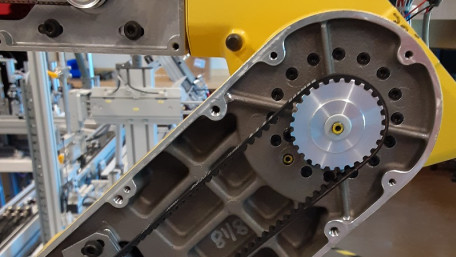
Across every make and model of articulated robot, certain maintenance procedures must be followed as motion occurs. Failure to do so can often result in…
Across every make and model of articulated robot, certain maintenance procedures must be followed as motion occurs. Failure to do so can often result in warnings, alarms, and even failure.
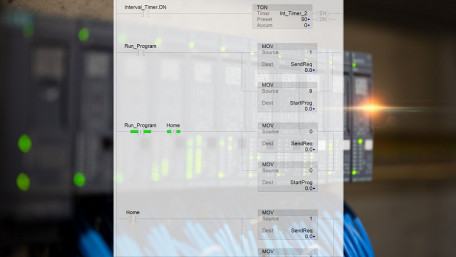
Ladder logic is an industrial control systems legend stemming from electrical line diagrams before the days of PLCs.…
Ladder logic is an industrial control systems legend stemming from electrical line diagrams before the days of PLCs. Although logical, they are difficult to interpret.
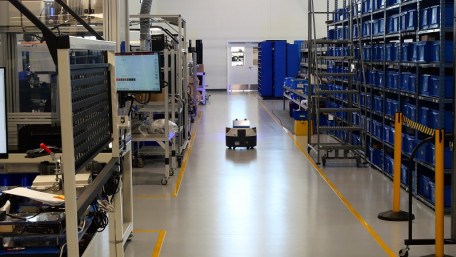
Every element of your life–your food, your car, your house–everything is made with processes that use sensors. Join…
Every element of your life–your food, your car, your house–everything is made with processes that use sensors. Join us as we visit the SICK facility, where many of these sensing products are made.

Many online sources explain how to reverse a 3-phase motor; this article will discuss the electrical principles that…
Many online sources explain how to reverse a 3-phase motor; this article will discuss the electrical principles that define why it works and how the phase relationships determine the rotation direction.

Hairpin motors are becoming popular with electric vehicle manufacturers, but what sets them apart from traditional…
Hairpin motors are becoming popular with electric vehicle manufacturers, but what sets them apart from traditional electric motors? And, if they are so great, why not use them in all applications?
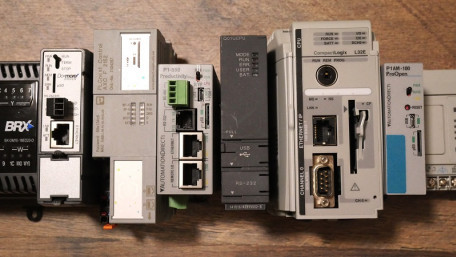
Learn all about the central processing unit (CPU): the built-in module inside the PLC responsible for executing the…
Learn all about the central processing unit (CPU): the built-in module inside the PLC responsible for executing the program and communicating with external devices.
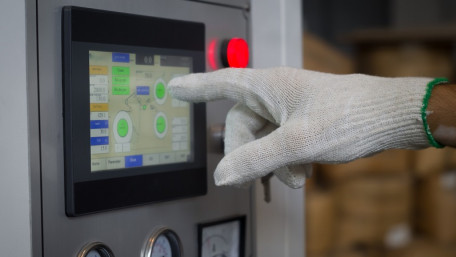
Two primary technologies are used for creating touchscreens. For industrial HMIs, resistive and capacitive methods both…
Two primary technologies are used for creating touchscreens. For industrial HMIs, resistive and capacitive methods both contain certain advantages for various applications.
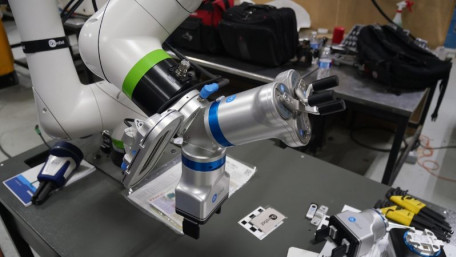
Join Control Automation as we visit Central CA colleges to help install robotic equipment and learn how local industries…
Join Control Automation as we visit Central CA colleges to help install robotic equipment and learn how local industries partner with schools to create exciting opportunities for students.
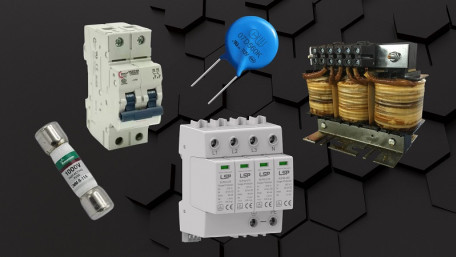
Protection against faults is crucial for any electrical system. This article examines various protective devices,…
Protection against faults is crucial for any electrical system. This article examines various protective devices, highlighting their roles and best use cases to ensure system integrity and longevity.

An age-old debate in PLC programming: investigating the uses and caveats of latching software commands versus seal-in…
An age-old debate in PLC programming: investigating the uses and caveats of latching software commands versus seal-in ladder logic for industrial control applications.
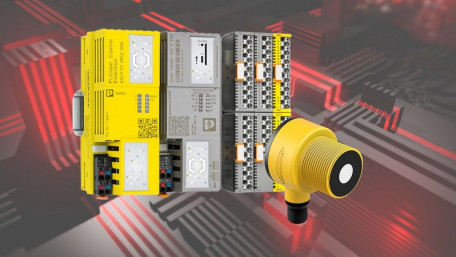
Learn how to connect analog inputs, either voltage or current, to the Phoenix Contact’s IIoT PLC platform and design…
Learn how to connect analog inputs, either voltage or current, to the Phoenix Contact’s IIoT PLC platform and design simple data processing programs with the PLCnext Engineer IDE.
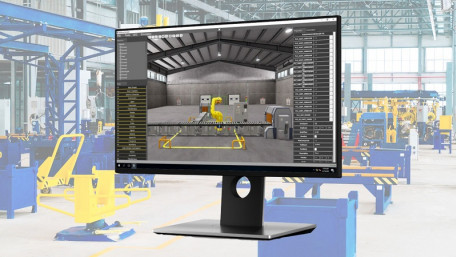
When setting up a system for the first time, the process can seem complex and daunting. However, there are tools…
When setting up a system for the first time, the process can seem complex and daunting. However, there are tools available to make the job much easier before commissioning.
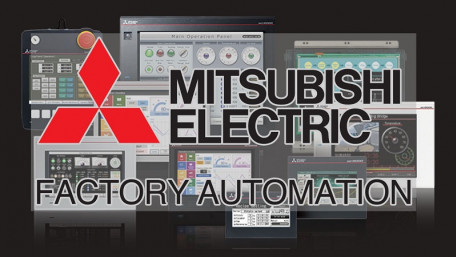
Learn how to use GT Designer 3 to create an interactive control system on Mitsubishi HMIs. With practical examples of…
Learn how to use GT Designer 3 to create an interactive control system on Mitsubishi HMIs. With practical examples of simple on/off bits, gain some understanding of HMI designing and programming.
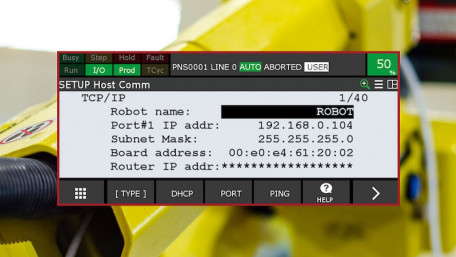
Learn how to set up Ethernet/IP communications, including steps for both the FANUC controller and the Studio 5000…
Learn how to set up Ethernet/IP communications, including steps for both the FANUC controller and the Studio 5000 environment for a Rockwell PLC.
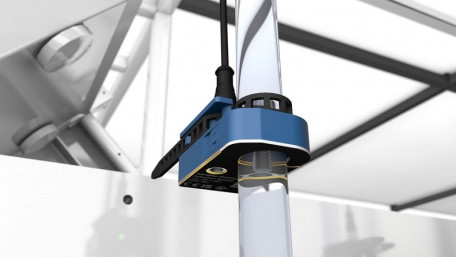
Detecting objects is the first field-level task that must be considered before any feedback-based control can happen.…
Detecting objects is the first field-level task that must be considered before any feedback-based control can happen. Choosing from among the nearly unlimited proximity sensors can be challenging!
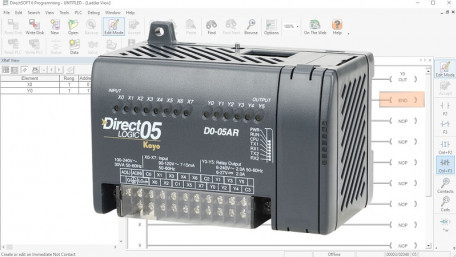
Learn how to use DirectSOFT6 to program discrete I/O functions in a Koyo DirectLOGIC PLC. Although these PLCs are older,…
Learn how to use DirectSOFT6 to program discrete I/O functions in a Koyo DirectLOGIC PLC. Although these PLCs are older, they are found in many existing automation installations.
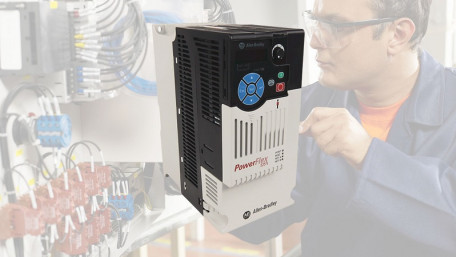
Parameters control the operation and command sources for VFDs. The PowerFlex series from Rockwell Automation is no…
Parameters control the operation and command sources for VFDs. The PowerFlex series from Rockwell Automation is no exception. Learn how to adjust the parameters for networking and IP configuration.

Controlling an industrial robot can be done through the use of well-crafted signal handshakes. Follow along as we dive…
Controlling an industrial robot can be done through the use of well-crafted signal handshakes. Follow along as we dive into several robot-to-PLC communication strategies.
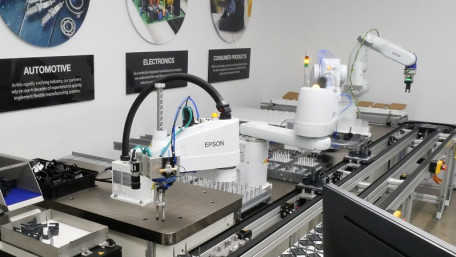
Recently, the Control.com engineering team had the opportunity to visit the R&D demo lab facility for the robotics…
Recently, the Control.com engineering team had the opportunity to visit the R&D demo lab facility for the robotics division of Epson, located in Los Alamitos, CA. Come learn how the magic happens!
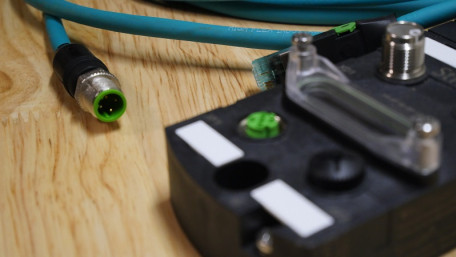
Ethernet switches can use four different types of connections: RJ45, fiber, M12, and SFP. Understanding the difference…
Ethernet switches can use four different types of connections: RJ45, fiber, M12, and SFP. Understanding the difference can help with network troubleshooting, design, or alteration.
